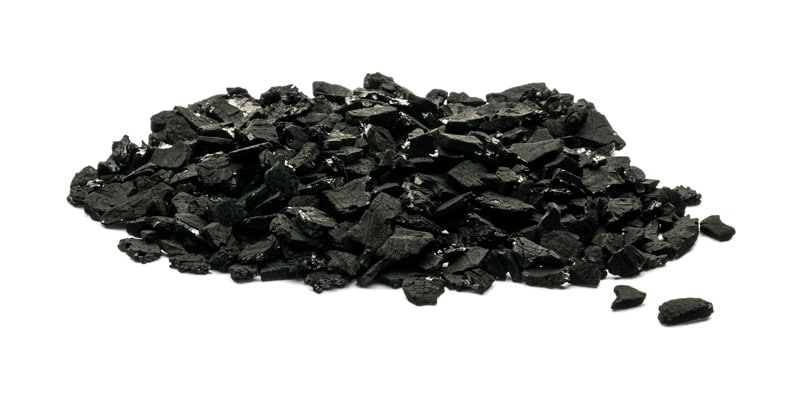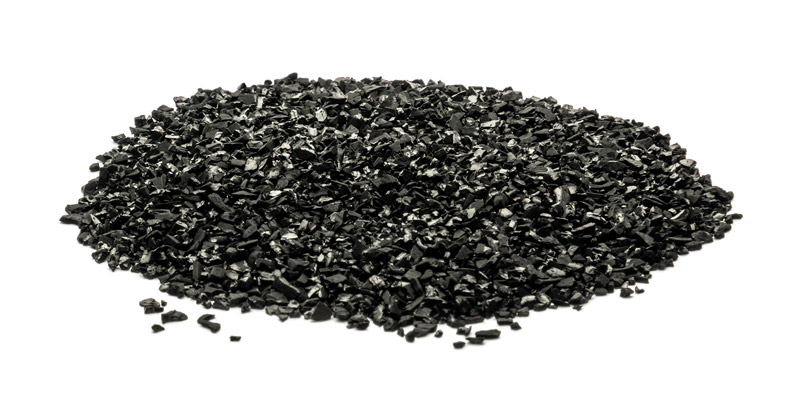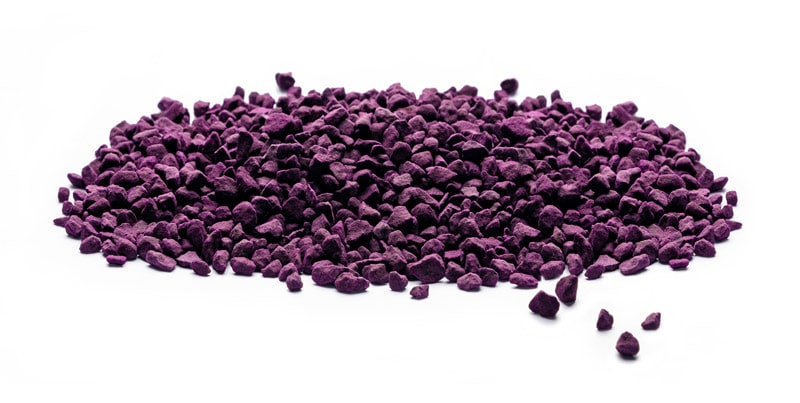Air Pollutants
Search for your pollutant, contaminant or concern for a product
Butyne
Ethylacetylene, also known as 1-butyne, but-1-yne, ethylethyne, and UN 2452, is an extremely flammable and reactive alkyne with chemical formula C4H6 and CAS number 107-00-6 that is used in the synthesis of organic compounds. It occurs as a colorless gas.
Dimethylacetylene (crotonylene or 2-butyne) is an alkyne with chemical formula CH3C≡CCH3. Produced artificially, it is a colorless, volatile, pungent liquid at standard temperature and pressure.
Media Solution
Butyric Acid
Butyric acid (from Greek βοÏÏ„Ï…Ïο, meaning butter), also known under the systematic name butanoic acid, is a carboxylic acid with the structural formula CH3CH2CH2–COOH. Saltsand esters of butyric acid are known as butyrates or butanoates. Butyric acid is found in butter, parmesan cheese, and vomit, and as a product of anaerobic fermentation (including in thecolon and as body odor). It has an unpleasant smell and acrid taste, with a sweetish aftertaste (similar to ether). It can be detected by mammals with good scent detection abilities (such as dogs) at 10 ppb, whereas humans can detect it in concentrations above 10 ppm.
Media Solution
Camphor
Camphor is a waxy, white or transparent solid with a strong, aromatic odor.[3] It is a terpenoid with the chemical formula C10H16O. It is found in wood of the camphor laurel(Cinnamomum camphora), a large evergreen tree found in Asia (particularly in Borneo and Taiwan) and also of Dryobalanops aromatica, a giant of the Bornean forests. It also occurs in some other related trees in the laurel family, notably Ocotea usambarensis. Dried rosemary leaves (Rosmarinus officinalis), in the mint family, contain up to 20% camphor. It can also be synthetically produced from oil of turpentine. It is used for its scent, as an ingredient in cooking (mainly in India), as an embalming fluid, for medicinal purposes, and in religious ceremonies. A major source of camphor in Asia is camphor basil.
Media Solution
Cannabis
Some describe the cannabis plant as having a skunky, floral, pungent, or earthy odor. These odors come from terpenes and terpenoids in the cannabis plant. Terpenes are organic compounds that have a strong odor. These odors are described as citrus, pine, spicy, or even candy. Different terpenes include myrcene, caryophyllen, linalool, humulene, limonene, and pinene. Terpenoids are derived from terpenes which have been chemically modified. The cannabis odors (terpenes and terpenoids) often escape the interior of the growing, processing, and packaging rooms of the grow houses.
Media Solution
Caprylic Acid
Caprylic acid is the common name for the eight-carbon saturated fatty acid known by the systematic name octanoic acid. It is found naturally in the milk of various mammals, and it is a minor constituent of coconut oil and palm kernel oil.[3] It is an oily liquid that is minimally soluble in water with a slightly unpleasant rancid-like smell and taste.[1]
Two other acids are named after goats: caproic (C6) and capric (C10). Along with caprylic acid these total 15% in goat milk fat.
Media Solution
Carbolic Acid
Phenol, also known as carbolic acid and phenic acid, is an organic compound with the chemical formula C6H5OH. It is a white crystalline solid at room temperature. The molecule consists of a phenyl (-C6H5), bonded to a hydroxyl (-OH) group. It is produced on a large scale (about 7 billion kg/year) as a precursor to many materials and useful compounds.[4] It is only mildly acidic but requires careful handling due to its propensity to cause burns.
Phenol was first extracted from coal tar, and its major uses involve its conversion to plastics or related materials. Phenols are key for building polycarbonates, epoxies,Bakelite, nylon, detergents and a large collection of drugs, herbicides and pharmaceuticals.
Media Solution
Carbon Dioxide
Carbon dioxide (chemical formula CO2) is a naturally occurring chemical compound composed of two oxygen atoms covalently bonded to a single carbon atom. It is a gas at standard temperature and pressure and exists in Earth’s atmosphere in this state, as a trace gas at a concentration of 0.039% by volume.
As part of the carbon cycle known as photosynthesis, plants, algae, and cyanobacteria absorb carbon dioxide, light, and water to produce carbohydrate energy for themselves and oxygenas a waste product.[1] But in darkness photosynthesis cannot occur, and during the resultant respiration small amounts of carbon dioxide are produced.[2] Carbon dioxide also is a by-product of combustion; is emitted from volcanoes, hot springs, and geysers; and is freed from carbonate rocks by dissolution.
As of November 2011, carbon dioxide in the Earth’s atmosphere is at a concentration of 390 ppm by volume.[3] Atmospheric concentrations of carbon dioxide fluctuate slightly with the change of the seasons, driven primarily by seasonal plant growth in the Northern Hemisphere. Concentrations of carbon dioxide fall during the northern spring and summer as plants consume the gas, and rise during the northern autumn and winter as plants go dormant, die and decay. Taking all this into account, the concentration of CO2 grew by about 2 ppm in 2009.[4] Carbon dioxide is a greenhouse gas as it transmits visible light but absorbs strongly in the infrared and near-infrared, before slowly re-emitting the infrared at the same wavelength as what was absorbed.
Before the advent of human-caused release of carbon dioxide to the atmosphere, concentrations tended to increase with increasing global temperatures, acting as a positive feedback for changes induced by other processes such as orbital cycles.[5] There is a seasonal cycle in CO2 concentration associated primarily with the Northern Hemisphere growing season.[6]
Carbon dioxide has no liquid state at pressures below 5.1 standard atmospheres (520 kPa). At 1 atmosphere (near mean sea level pressure), the gas deposits directly to a solid at temperatures below −78 °C (−108 °F; 195 K) and the solid sublimes directly to a gas above −78 °C. In its solid state, carbon dioxide is commonly called dry ice.
CO2 is an acidic oxide: an aqueous solution turns litmus from blue to pink. It is the anhydride of carbonic acid, an acid which is unstable in aqueous solution, from which it cannot be concentrated. In organisms carbonic acid production is catalysed by the enzyme, carbonic anhydrase.
- CO2 + H2O
 H2CO3
H2CO3
CO2 is toxic in higher concentrations: 1% (10,000 ppm) will make some people feel drowsy.[7] Concentrations of 7% to 10% cause dizziness, headache, visual and hearing dysfunction, and unconsciousness within a few minutes to an hour.[8]
Media Solution
Carbon Disulfide
Carbon disulfide is a colorless volatile liquid with the formula CS2. The compound is used frequently as a building block in organic chemistry as well as an industrial and chemical non-polar solvent. It has an “ether-like” odor, but commercial samples are typically contaminated with foul-smelling impurities, such as carbonyl sulfide.
Media Solution
Carbon Tetrachloride
Carbon tetrachloride, also known by many other names (the most notable being carbon tet in the cleaning industry, and a Halon or Freon in HVAC; see Table for others) is the organic compound with the formula CCl4. It was formerly widely used in fire extinguishers, as a precursor to refrigerants, and as a cleaning agent. It is a colourless liquid with a “sweet” smell that can be detected at low levels.
Both carbon tetrachloride and tetrachloromethane are acceptable names under IUPAC nomenclature.
Media Solution
Cellosolve
Glycol ethers are a group of solvents based on alkyl ethers of ethylene glycol commonly used in paints. These solvents typically have higher boiling point, together with the favorable solvent properties of lower molecular weight of ethers and alcohols. The word “Cellosolve” was registered in 1924 as a United States trademark by Carbide & Carbon Chemicals Corp. (later named Union Carbide Corp.) for “Solvents for Gums, Resins, Cellulose Esters, and the Like”,[1] ; the first one was ethyl cellosolve (ethylene glycol monoethyl ether), with the name now generic[citation needed] for glycol ethers.
Glycol ethers can be also derived of diethylene glycol (carbitols). Acetates of glycols are a similar kind of potent solvents.
Recent study suggests that occupational exposure to glycol ethers is related to low motile sperm count in men,[2] but the finding has been disputed by others.
 HS-AC
HS-AC
 HS-AC Water
HS-AC Water
 HS-Cannablend-Select
HS-Cannablend-Select
 HS-600
HS-600